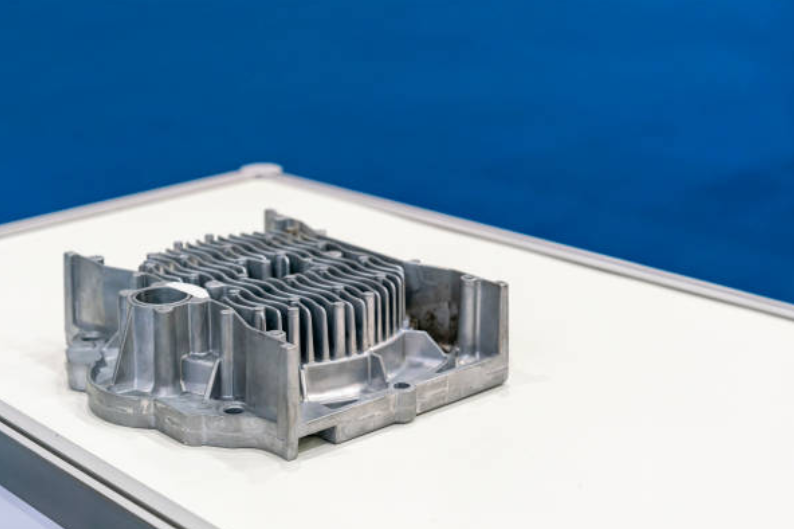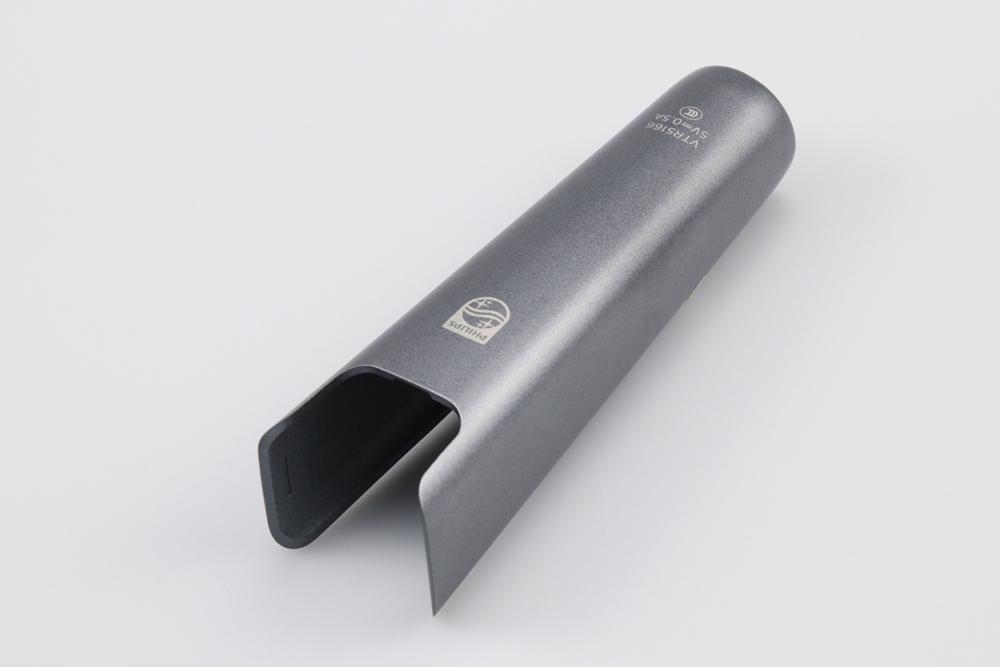How to choose active vs passive cooling for different lighting applications?
Choosing between active and passive cooling for lighting applications requires a clear understanding of thermal load, installation environment, airflow availability, power constraints, and expected service life. Generally, passive cooling is sufficient for most commercial and architectural luminaires, while high-power or enclosed lighting systems—such as those used in industrial, sports, automotive, or outdoor applications—may require active solutions. By engineering both architecture and manufacturing strategy early, we achieve thermal control without compromising weight, reliability, or cost.
When Passive Cooling Is Sufficient
Passive systems rely on conduction and natural convection through optimized aluminum housings produced via aluminum die casting. Alloys like A380 and A356 allow ribbing and fin structures to be integrated into the housing at low cost and high precision. For wall-mounted, ceiling-mounted, or architectural luminaires, passive cooling is ideal because airflow is typically unimpeded, and power consumption must remain low. Simulation-driven 3D printing prototyping helps validate convection pathways and fin spacing before final tooling investment.
When Active Cooling Is Required
Applications such as stadium lighting, tightly enclosed housings, or high-output LED floodlights often exceed the thermal capacity of passive designs. In such cases, active cooling—via fans, heat pipes, or liquid cooling—can be integrated. Structural bases can be cast using precision casting or gravity casting to form rigid cores with airflow channels, while CNC-machined seats for fans or heat pipe interfaces produced by CNC machining prototyping ensure consistent contact and vibration resistance.
Manufacturability and Service Life Considerations
Passive systems excel in reliability because they require no moving parts. They are well-suited for outdoor lighting solutions where dust, moisture, or vibration may reduce the lifespan of the fan. However, when lumen output must remain high over time, active designs may be combined with high-emissivity surface treatments such as anodizing or thermal coating. Engineering tolerance is critical; therefore contact surfaces associated with cooling components should be machined to proper flatness using CNC machining prototyping to reduce thermal resistance.
Decision Framework for Cooling Selection
Determine LED power density and junction temperature limits.
Check airflow limitations within the luminaire or its housing environment.
Simulate convection flow and fin geometry to test passive feasibility.
For enclosed or high-output systems, allocate volume for active elements.
Evaluate maintenance access and environmental durability over service life.



